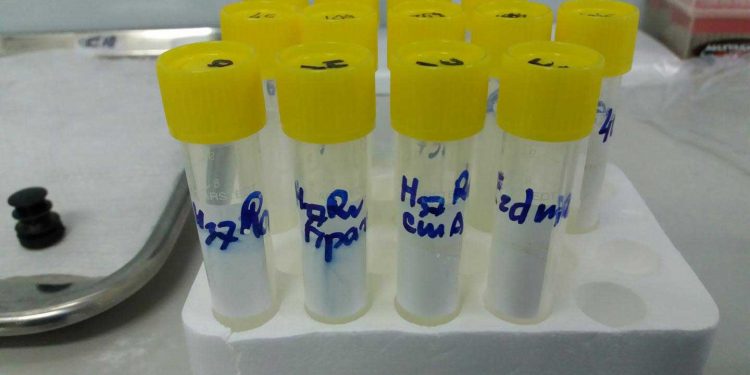Moscow: Researchers have developed a novel method to quickly identify single antibiotic-resistant bacteria cells, which are agents of tuberculosis (TB).
The new method — called the Raman scattering spectrography — helps find the bacteria and evaluate its resistance to antibiotics without damaging the biological material. It can also help in analysing bacterial cells.
Raman scattering spectrography helps identify the composition and structure of the studied material based on the scattering of laser radiation with certain wavelength by its sample.
For the study, the team used bacterial strains obtained from lung expectorations of tuberculosis patients, as well as from bone tissue samples taken during surgeries.
To obtain information about the structure of cells belonging to different strains, the researchers pointed the laser beam at different bacteria during the spectroscopy procedure.
The findings, published in Data in Brief, showed the cells of different strains appeared to scatter the light differently because resistance to antibiotics occurs due to changes in the composition of bacterial cell wall components. Spectroscopy helped identify differences in the cell walls of drug-resistance and drug-sensitive bacteria.
The data contained information of spectrums typical for different strains of Mycobacterium tuberculosis. The disease caused by antibiotic-resistant strains of Mycobacterium tuberculosis is very dangerous.
Raman spectroscopy may be a useful tool for determining the level of drug resistance in tuberculosis agents, said Andrey Zyubin, senior research associate from the Immanuel Kant Baltic Federal University in Russia.
The strains of the Beijing family (named after the city where they were first observed) have also become resistant to many medicinal drugs. Methods of quick identification of drug-resistant bacteria are required both for clinical practice and scientific research, the study suggested.
Tuberculosis is one of the top 10 causes of death worldwide, according to World Health Organization.
IANS






































